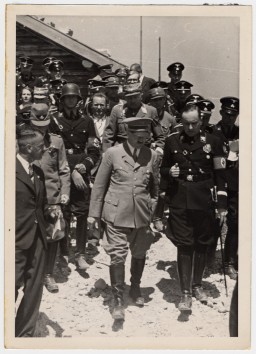You searched for: bang%20x%E1%BA%BFp%20hang%20tbn%E3%80%900242.com%E3%80%91danh%20s%C3%A1ch%20c%E1%BA%A7u%20th%E1%BB%A7%20dortmund
<< Previous | Displaying results 71-80 of 375 for "bang%20x%E1%BA%BFp%20hang%20tbn%E3%80%900242.com%E3%80%91danh%20s%C3%A1ch%20c%E1%BA%A7u%20th%E1%BB%A7%20dortmund" | Next >>
-
1940: Key Dates
ArticleExplore a timeline of key events during 1940 in the history of Nazi Germany, World War II, and the Holocaust.

-
Subsequent Nuremberg Proceedings, Case #4: The Pohl Case
ArticleThe Pohl Case was Case #4 of 12 Subsequent Nuremberg Proceedings against leading German industrialists, military figures, SS perpetrators, and others.
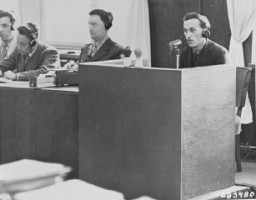
-
Maria Schimek Dicker
ID CardMaria's Jewish family lived in a Slovakian manufacturing town. When her father's match factory failed, the family of seven moved to Budapest. In her early twenties, Maria opened a flower shop, but she gave it up when she married and moved to Ujpest, outside Budapest. Maria then stayed at home to raise her five children. Her husband owned a large furniture store, and she often gave him business advice. 1933-39: Maria loves having all her grown children gathered around her at the dinner table, enjoying her…
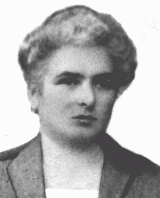
-
Kato Dicker Nagy
ID CardThe fourth of five children, Kato was born to a Jewish family who owned a successful furniture store and lumberyard in Ujpest, five miles from Budapest. As a young girl, Kato enjoyed singing and playing the violin in her family "orchestra" in their large home. She was also athletic, and loved to swim, bicycle and play tennis. Best of all, Kato enjoyed rowing on the Danube with her friends. 1933-39: Newly married, Kato moved to Zagyvapalfalva, a town northeast of Budapest with only five or six Jewish…
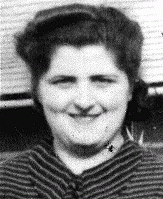
-
Eva Braun Levine
ID CardEva was the second daughter of five children born to Jewish parents. Her father dealt in real estate, and the family owned the apartment building in which they lived. The building had an elevator, a luxury for that time. Eva finished high school, and she began working for her father and studying history at a small local university. 1933-39: Nightlife for young people was lively in Lodz, and Eva often went dancing with her boyfriend, Herman. In 1939 they married. Then the Germans invaded. One day, the…
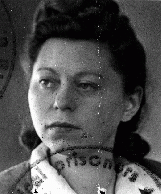
-
Lajos Nagy
ID CardThe Nagys were one of several Jewish families in Zagyvapalfalva, a town 45 miles from Budapest. They owned a general store that served the many coal miners in the mountain valley town. As a young man, Lajos served with the Hungarian army in World War I. He then studied in Budapest to be a diplomat, but a 1920 law restricting the number of Jews in certain professions kept him from pursuing his career. 1933-39: Lajos's father passed away. Lajos took over the general store in Zagyvapalfalva with his bride,…
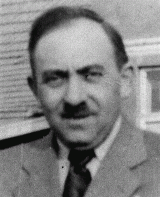
-
Child victim of medical experiments in the Neuengamme camp
PhotoA Jewish child is forced to show the scar left after SS physicians removed his lymph nodes. This child was one of 20 Jewish children injected with tuberculosis germs as part of a medical experiment. All were murdered on April 20, 1945. Neuengamme concentration camp, Germany, between December 1944 and February 1945.
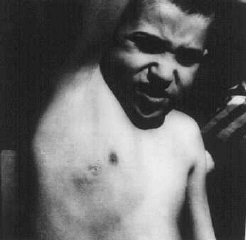
-
Sentencing of Herta Oberheuser
PhotoHerta Oberheuser was a physician at the Ravensbrück concentration camp. This photograph shows her being sentenced at the Doctors Trial in Nuremberg. Oberheuser was found guilty of performing medical experiments on camp inmates and was sentenced to 20 years in prison. Nuremberg, Germany, August 20, 1947.
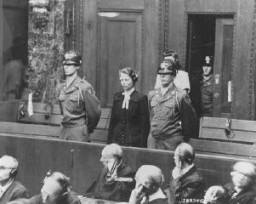
-
Waffen-SS
ArticleThe Waffen-SS was the military branch of the SS in Nazi Germany. During World War II, they took part in most military campaigns.

-
Oaths of Loyalty for All State Officials
ArticleThe Oath of Loyalty for All State Officials started to change in 1934. Learn more about the oath and Germany’s journey from democracy to a Nazi dictatorship.
